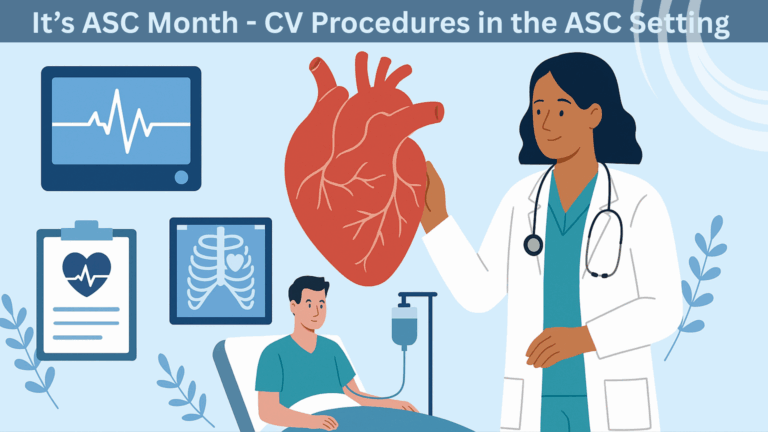Every year, we are encouraged to wear red in support of women and heart disease, but do we ever really think about why? What could a choice of clothing possibly have an impact on the treatment of heart disease in women?
Symbolically, red is the color of love, the heart is symbolically connected to love, and red is the color of blood, which is distributed through the body via the cardiovascular system. Visually, red is one of the most noticeable colors of the spectrum, making it the most visible way to make a statement. Statements strike up conversations and raise awareness. It is the perfect color to represent heart disease in women. Choosing to wear red in February is making a choice to support the women in your life.
The Impact of Heart Disease on Women
According to the American Heart Association cardiovascular disease is the number 1 killer of women; one woman dies from heart disease about every 80 seconds. Nearly 45% of women ages 20+ are living with some form of cardiovascular disease, and less than half of pregnant women have optimal cardiovascular health. Women are at a higher risk for heart disease than men, as they have a higher incidence of pre-existing risk factors, possibly due to socio-demographic, clinical, and biological causes. The unique life stages, such as pregnancy and menopause that women experience place them at an increased risk for cardiovascular disease.
Historical Context of Heart Disease Research
Despite these facts, little is known about heart disease in women in comparison to men. Although research for heart disease in men was formally addressed in 1912 by James Herrick, cardiovascular research for heart disease did not begin to include women until the 1990s and clinical recommendations for heart disease weren’t published until 1999. Even with this recent inclusion, women are not represented in research equally. Not many studies analyze the differences between men and women and women are still not being included in cardiovascular disease studies in adequate numbers. Only 38% of participants in research are women. Another part of the problem is that many clinical trials do not report results by gender. Historically, women have been left out of research, testing, treatment, and funding.
The Go Red for Women Campaign
Go Red for Women raises awareness that cardiovascular disease is the greatest health threat to women, focusing on empowering them to take charge of their health. As part of the Go Red campaign, the Strategically Focused Research Network (SFRN) was launched in 2016 and focuses on specific contributing factors to heart disease in women such as stress, lifestyle, sleep habits, pregnancy, and heart failure.
How You Can Help
- Participate in Research: If you are a woman and have a heart or vascular-related condition, elect to participate in research.
- Education and awareness: Learn about the signs and symptoms of heart disease in women, prevention and treatment strategies, and share this information with the people in your life. Don’t think that this knowledge is just for women, men need to know it too so they may make a difference in the lives of the women they know.
- Contribute: Find ways to contribute to the cause. Financial donations are not always a personal option, but you might be able to participate in a community fundraiser or public distribution of educational materials. Even word-of-mouth awareness elevates knowledge on a grassroots level.
- Wear Red: Finally, wear red in February as a symbol of unity and support. If nothing else, it is a conduit for conversation, and that can lead to education and awareness. Who knows, that small gesture might even save a life.
Signs and Symptoms of a Heart Attack (from the American Heart Association)
- Chest pain (but not always)
- Pain or pressure in the lower chest or upper abdomen
- Jaw, neck, or upper back pain
- Nausea or vomiting
- Shortness of breath
- Fainting
- Cold sweats
- Indigestion
- Extreme fatigue
Women and Heart Attacks
- Women are more likely to have more than one heart attack symptom.
- Many women report that something felt off before they had a heart attack, although they could not pinpoint why.
- It is better to get checked out for a potential heart attack, even if you are not sure that is what it is.
What to Do
- Dial 911 and state that you think you are having a heart attack
- Stay on the phone until paramedics arrive
- DO NOT drive yourself to the emergency room
- Take aspirin
- Unlock the front door and lie down on the floor where you can easily be seen
- Stay calm
By Joyce Froetschel
References:
Go Red for Women | The American Heart Association’s signature women’s initiative
Wenger, N. (2011). Women and coronary heart disease: A century after Herrick; understudied, underdiagnosed, and undertreated. Circulation, 124(suppl_21). https://doi.org/10.1161/circ.124.suppl_21.a612

 company
company 
 (412) 364-8200
(412) 364-8200




























